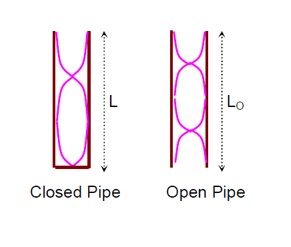Physics Waves
Get insights from 104 questions on Physics Waves, answered by students, alumni, and experts. You may also ask and answer any question you like about Physics Waves
Follow Ask QuestionQuestions
Discussions
Active Users
Followers
New question posted
3 months agoNew answer posted
4 months agoContributor-Level 10
Initially wall will act as observer, so with the help of Doppler's effect, we can write
Now wall will act as source of sound of frequency f', so With the help of Doppler's effect, we can write

New answer posted
4 months agoContributor-Level 10
The equation of wave at any time t will be
New question posted
4 months agoNew answer posted
4 months agoContributor-Level 10
The main difference lies in the direction. We should know that in a longitudinal wave, the displacement of particles is parallel to the direction of wave propagation. In a transverse wave, however, the displacement is perpendicular to the direction of wave propagation.
New answer posted
4 months agoContributor-Level 10
The units of angular wave number and angular frequency are slightly different.
- Angular wave number k has units of radian per metre (rad/m).
- Angular frequency has units of radian per second (rad/s).
Taking an Exam? Selecting a College?
Get authentic answers from experts, students and alumni that you won't find anywhere else
Sign Up on ShikshaOn Shiksha, get access to
- 66k Colleges
- 1.2k Exams
- 680k Reviews
- 1800k Answers


